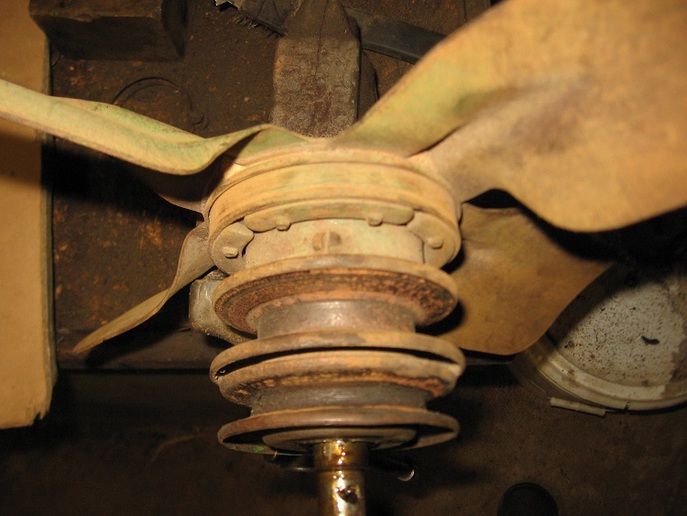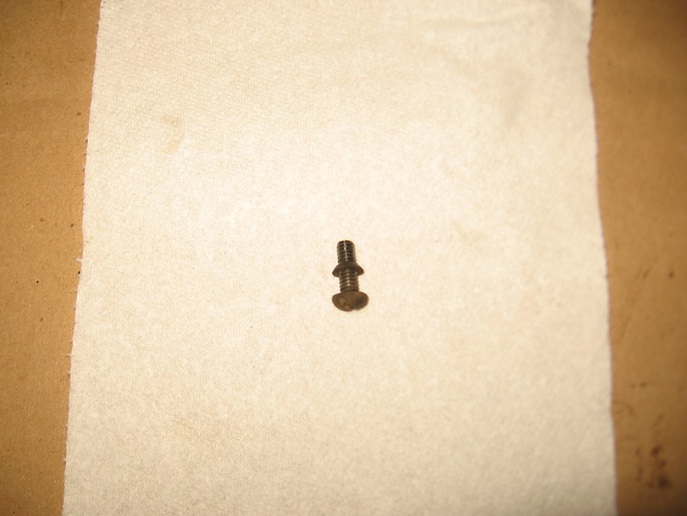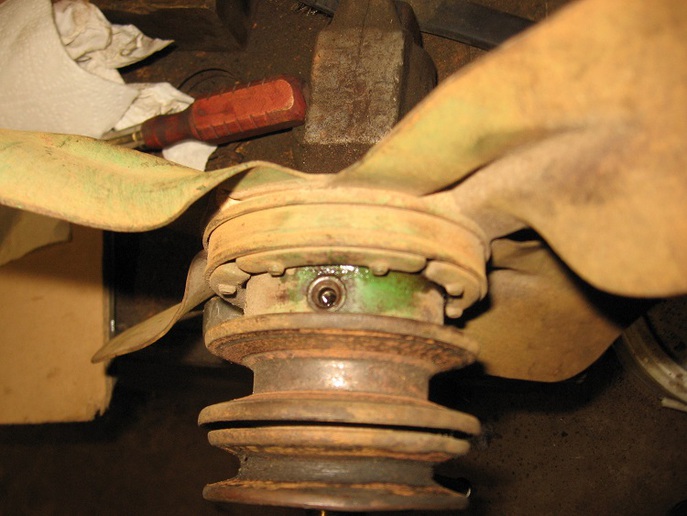Zachary Hoyt
Well-known Member
I bought a Cunningham walk behind sickle mower at a scrap yard
for $50 last fall and am hoping to put it to work this summer.
The engine turns and has compression but I have not tried to
start it yet. I am hoping to try it this week. This is a
Cunningham engine that was only produced for a couple of years
before Briggs & Stratton sued Cunningham for patent
infringement, as I understood what information I have found
online. I am somewhat accustomed to working on engines made
from the 1970s or so to today, but I have never had anything
older to work on till now. What type of oil should I use, and is
there anything about engines of this vintage that is different
from modern engines that I should know about before I try to
start it? Any advice will be much appreciated.
Zach
for $50 last fall and am hoping to put it to work this summer.
The engine turns and has compression but I have not tried to
start it yet. I am hoping to try it this week. This is a
Cunningham engine that was only produced for a couple of years
before Briggs & Stratton sued Cunningham for patent
infringement, as I understood what information I have found
online. I am somewhat accustomed to working on engines made
from the 1970s or so to today, but I have never had anything
older to work on till now. What type of oil should I use, and is
there anything about engines of this vintage that is different
from modern engines that I should know about before I try to
start it? Any advice will be much appreciated.
Zach




